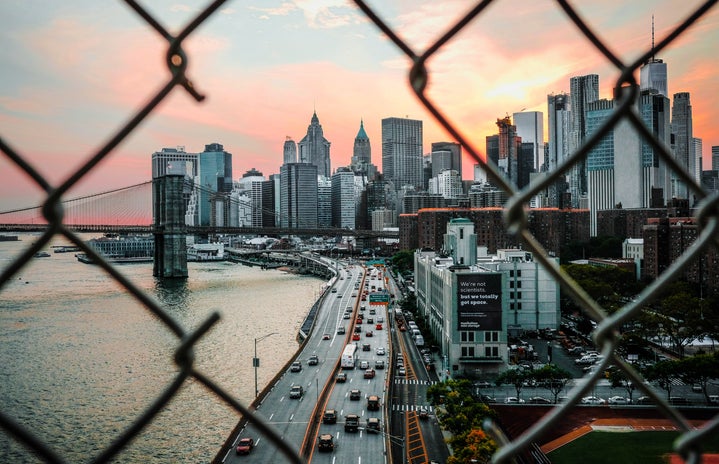Växjö, a small city in Sweden with a population under 100,000, has the attention of the world as it strives to become the world’s greenest city. Växjö is located in the center of southern Sweden, surrounded by lakes and forests. Back in 1991, Bo Frank, the mayor of Växjö who loved The Beatles, set a goal for the city to become completely fossil-fuel independent by 2030 and carbon neutral by 2050. This means that the city will no longer rely on things like oil and gasoline that come from the ground and are finite resources. It is well on its way to achieving these goals and has begun its switch to other methods of energy creation, mainly by using the scrap wood from the vast forests that encompass the city.
Scrap wood, branches, and treetops come from the wood that isn’t utilized by other companies, such as Ikea, to make furniture and various products. This locally-sourced energy powers much of the city and has little impact on the nature that makes the city so unique and beautiful. Växjö has many other initiatives in place to help achieve its 2030 goal, such as “passive” buildings, which are buildings that are made of heavily insulated wood to trap heat inside and reduce the need for energy heating. The location and preservation of the cities natural setting also allow citizens to use their bikes to get around instead of traveling by car.
Burning the scrap wood offers many ecological benefits. The ash is recovered after the energy is created and then used to fertilize the forests so that they can survive for years to come. Switching away from oil also hosts a wide variety of benefits, including cleaner air, better health for both humans and the environment, and much less pollution.
Forestry is a major component of Växjö’s economy, and the use of scrap wood is much cheaper than sticking to oil or coal. This low-cost alternative powers about 40% of Växjö’s electricity and nearly 80% of its heating! Residents are saving lots of money by using this power and by living in Växjö’s famous passive homes. Buses powered by scrap tree energy are also saving the city and its residents more cash on transportation. Homes that aren’t connected to Växjö’s energy network are even offered technology to help them convert to their own heating systems to renewable ones.
If the rest of Sweden and the other 9 countries surrounding the Baltic were to take inspiration from the green city of Växjö, then the health of the Baltic Sea could drastically improve. Instead of using cars and buses powered by oil, using the energy created from the burning of leftover wood would greatly reduce pollution that flows into the sea.



